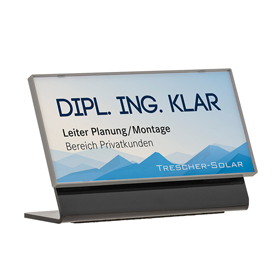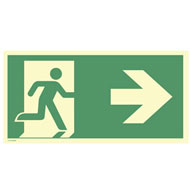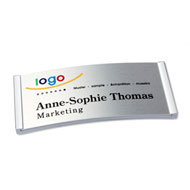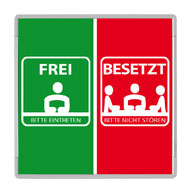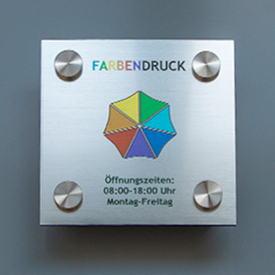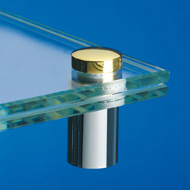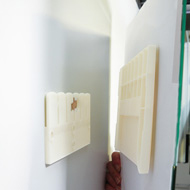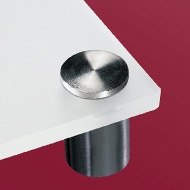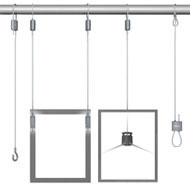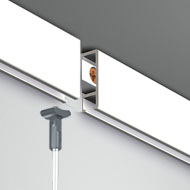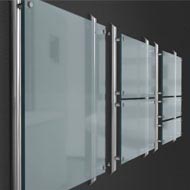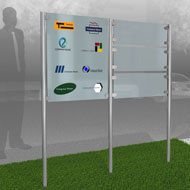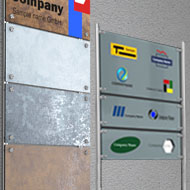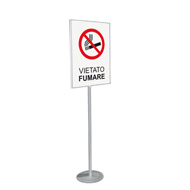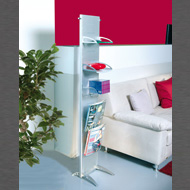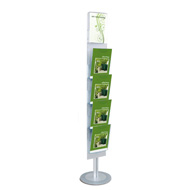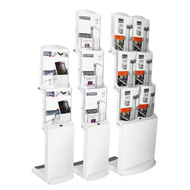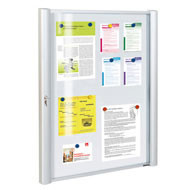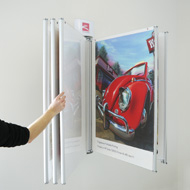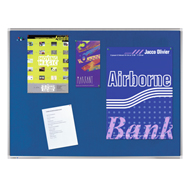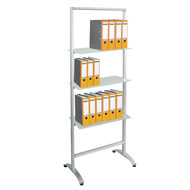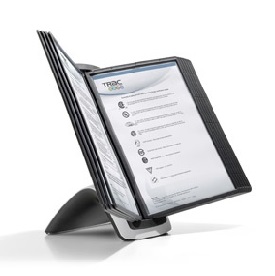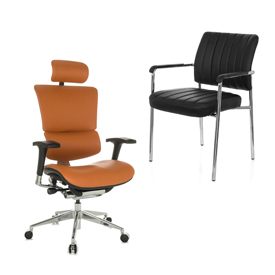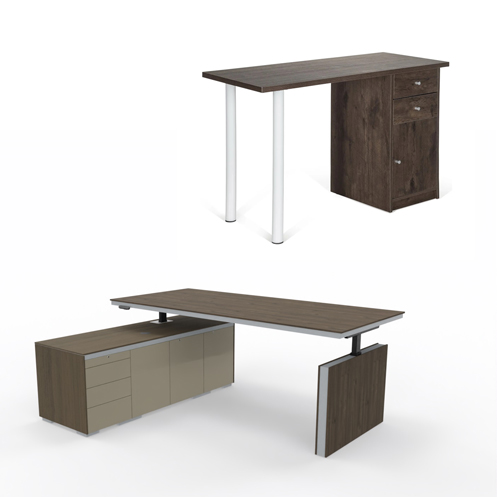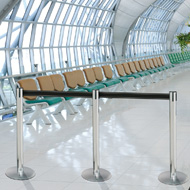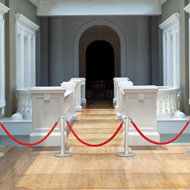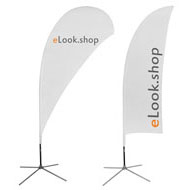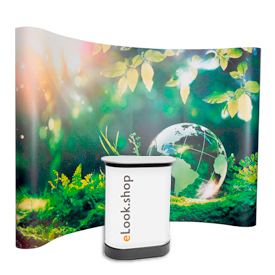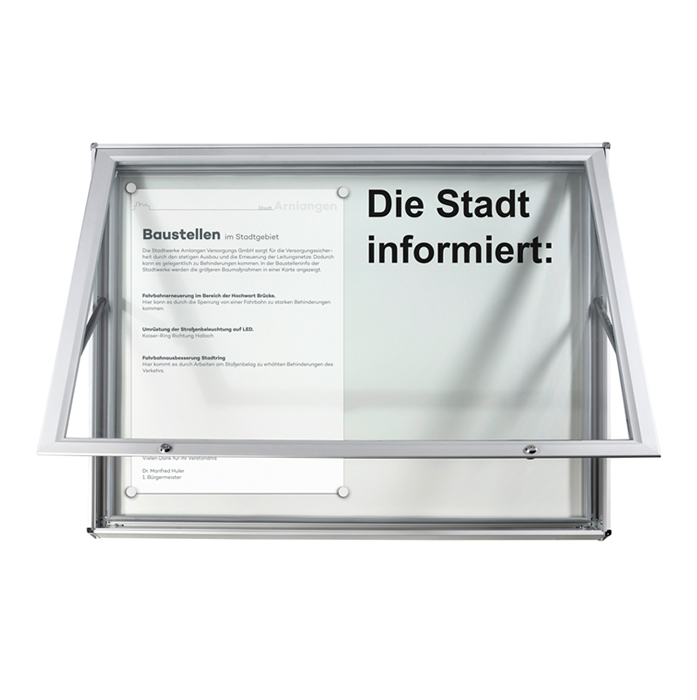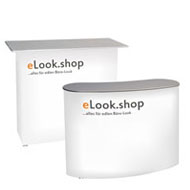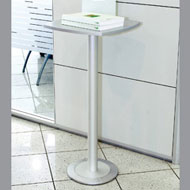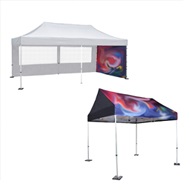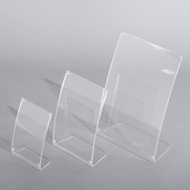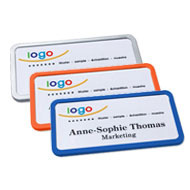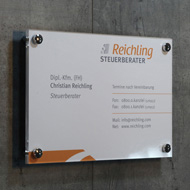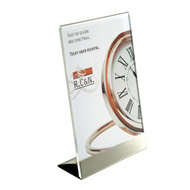5 examples of successful customer journeys
Friday, December 1, 2023
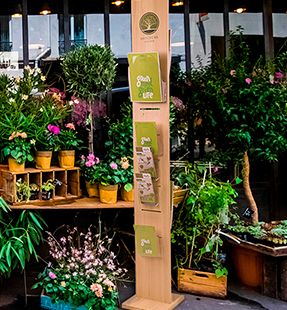 Customer routes are an optimal basis for guiding customers in the store to where they can find exactly what they want or what they didn't know they needed. There are different customer journeys that you can implement in your store.
Customer routes are an optimal basis for guiding customers in the store to where they can find exactly what they want or what they didn't know they needed. There are different customer journeys that you can implement in your store. We have put together five successful customer journeys, which you can use to describe which form suits your retail business.
1. The arched path
The first example is the arched path. The curved path is designed so that your customers do not follow a direct and straight path through the store. Instead, the path takes a curve. Research shows that many people pay more attention to the side areas rather than the center sales areas. The arch path takes up this effect. It leads to one of the two sides - sometimes there are branches to both sides. This allows your customers to decide whether they want to turn right or left to get an overview of the offers. It is important that the arched path leads to the back of the shop. Branching paths allow your customers to go to individual departments. This is also referred to as an arena effect.2. The island path
The Inselweg focuses on both the sides and the middle sales areas in your store. As soon as your customers enter the store, they are on the island path. You can go this to the left. But you can also turn to the right. There is a sales island in the middle. It is also possible to integrate several large sales islands. This means the paths come together between the islands and your customers can switch sides. This form has the advantage that the middle sales area is brought even more into focus. Precisely because these are the sales areas that often receive too little attention, they can get more attention in this way.3. The straight path
 With this form, the middle sales areas are omitted. Instead, a straight path leads through the store. Individual paths lead off this path to the sides. This means your customers can always change pages. This form has the advantage that it provides a very good overview. A wide path in the middle allows potential buyers to get an overview of the offers on both sides. It is also helpful here to work with signage on the walls.
With this form, the middle sales areas are omitted. Instead, a straight path leads through the store. Individual paths lead off this path to the sides. This means your customers can always change pages. This form has the advantage that it provides a very good overview. A wide path in the middle allows potential buyers to get an overview of the offers on both sides. It is also helpful here to work with signage on the walls.
